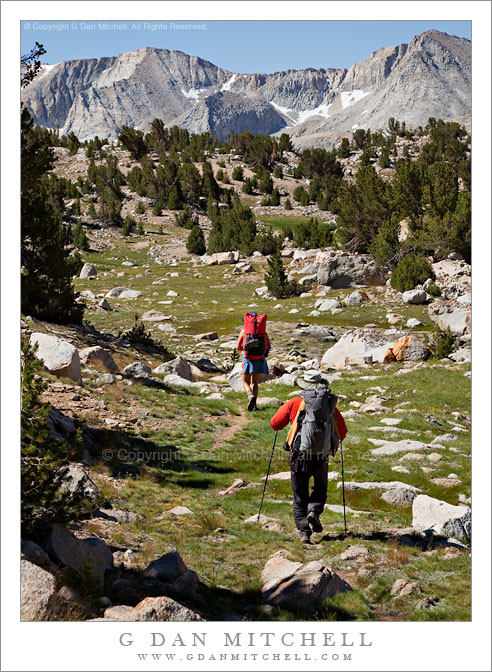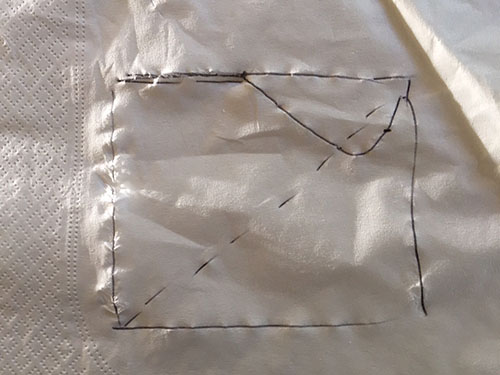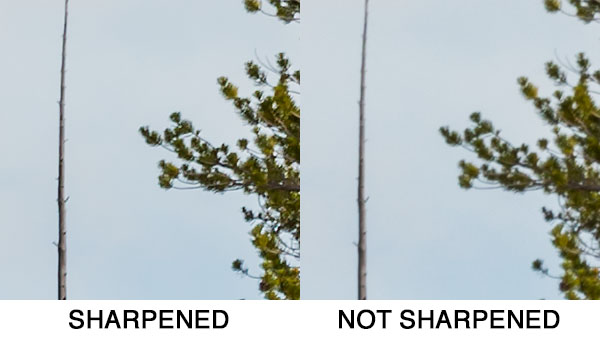I recently was asked a few questions about backpacking photography, mostly related to equipment, so I thought I’d post something to augment an existing article on this website: My Backpacking Photography Equipment. (You’ll probably want to take a look at that one, too!)

Scott emailed recently to ask several questions, and I’ll consider some of them here. His first question has to do with gear, as in “how much” to take. He suggests that it is hard to find a balance between high enough quality imagining, sufficient equipment to cover possibly opportunities, and carrying the stuff! Once you start carrying the stuff on your back, fundamental compromises among conflicting demands are necessary.
He carries the following gear: Continue reading A Few (More) Thoughts on Back-Country Photography


